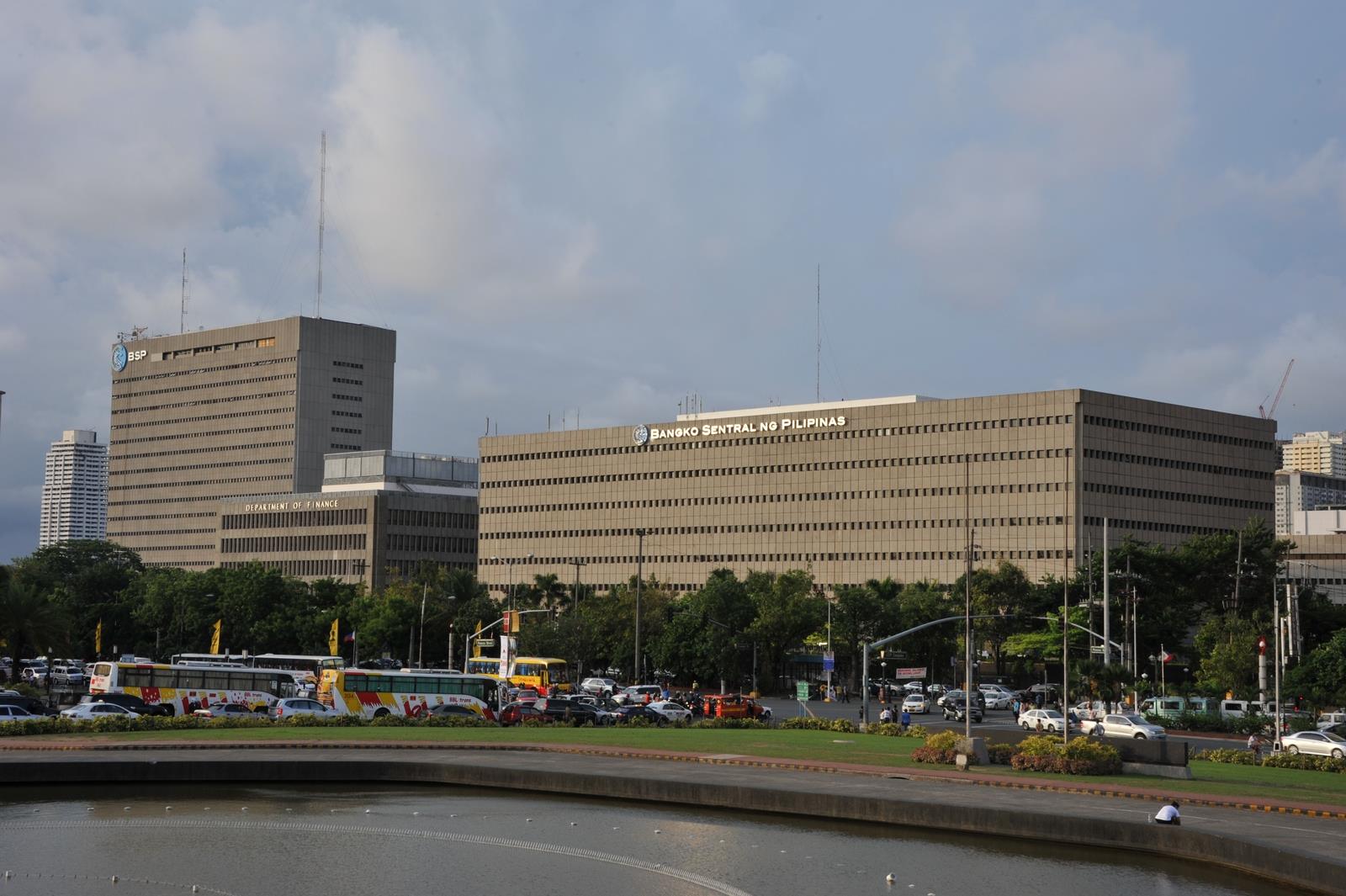MANILA -The outstanding foreign debt of borrowers in the Philippines improved slightly at the end of June 2023, pegged at $117.9 billion and representing 28.5 percent of gross domestic product, according to the Bangko Sentral ng Pilipinas (BSP).
Compared to levels at the three months earlier at the end of March when the external debt ratio was 29 percent, total borrowings by Philippine residents from nonresidents decreased by $894 million or 0.8 percent from the $118.8 billion.
“The decline in the debt level during the second quarter was due mainly to the impact of the US dollar appreciation against other currencies amid further monetary policy tightening by the Federal Reserve,” the BSP said in a statement.
The stronger greenback reduced the US dollar equivalent of borrowings denominated in other currencies by $963 million.
Meanwhile, the sale of Philippine debt papers by nonresidents to residents also decreased the debt stock by $305 million.
However, when compared to the end of June 2022, the stock of Philippine foreign debt increased by 9.5 percent or $10.2 billion from $107.69 billion
The year-on-year increase was mainly due to $7.9 billion in net availments by the national government, as well as the change in the scope of the external debt to include nonresidents’ holdings of peso-denominated debt securities issued in the country.
Further, the central bank said other key external debt indicators also remained at manageable levels.
At mid-year, gross international reserves (GIR) stood at $99.4 billion, which represented 5.7 times cover for short-term debt based on the original maturity concept.
Also, the debt service ratio —which relates principal and interest payments to exports of goods and receipts from services and primary income— climbed to 11 percent from 4.6 percent at mid-year 2022. This was due to higher recorded repayments in the second quarter of 2023. INQ


